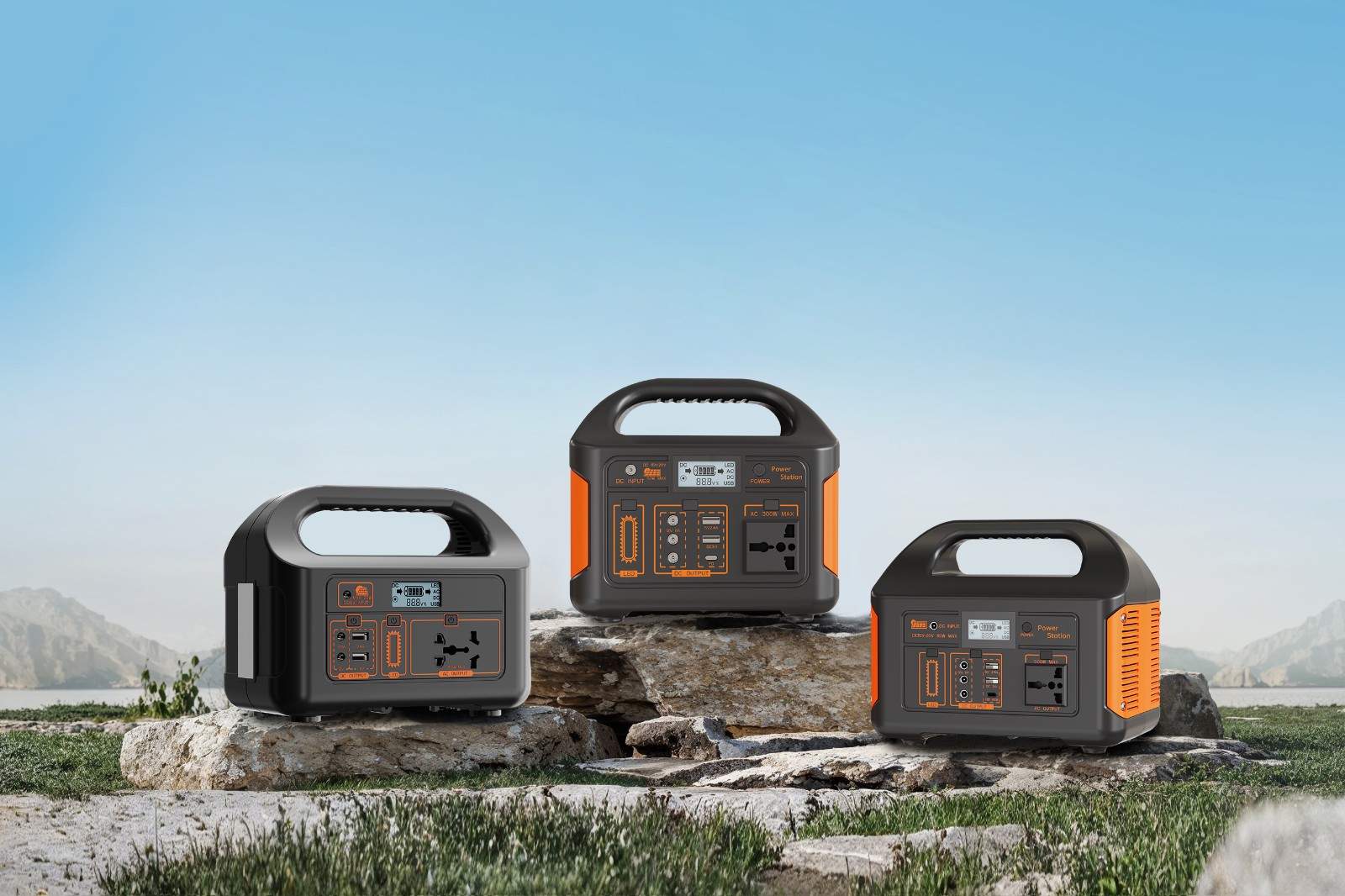The cost-effectiveness of a portable energy storage power supply must be comprehensively considered based on the usage scenario, core requirements, and budget. The following analyzes key dimensions for selecting a cost-effective product and provides recommendations for different needs:
I. Key Factors Determining Cost-Effectiveness
1. Battery Technology & Energy Density
Mainstream Solutions: Ternary Lithium Batteries (High Energy Density/Lightweight) vs. Lithium Iron Phosphate (Long Life/High Safety).
Lithium Iron Phosphate is preferred for cost-effectiveness: Although slightly heavier, it has a higher cycle life (approximately 2,000+) and lower long-term operating costs.
False Labeling Trap: Some low-priced products may boast inflated capacity (e.g., a nominal 3,000Wh battery may only measure 2,000Wh). It is recommended to choose brands that are UL/CE certified.
2. Output Capacity and Compatibility
AC Output Power: This determines whether it can power high-power devices (e.g., a rice cooker requires ≥800W). For example, the Zhenghaode DELTA 2 (1800W) can power 90% of household appliances, while most products under 1,000 yuan are limited to 600W.
Interface Variety: USB-C PD fast charging (for phones/tablets), car chargers (for in-car appliances), and Anderson connectors (for extended solar panels) are essential.
Waveform Quality: Pure sine wave inverters are more friendly to precision equipment (medical devices, laptops), preventing damage to appliances.
3. Charging Speed and Flexibility
Mains Charging Time: Fast charging technology (such as the EcoFlow River Pro) can reduce charging time to under 2 hours, while standard products require 5-8 hours.
Solar Charging Efficiency: The MPPT controller + high-efficiency photovoltaic panel combination allows for rapid charging on sunny days, making it suitable for campers/RVers.
In-Vehicle Charging: Products that support on-the-go charging can serve as a secondary vehicle power source, enhancing the practicality of long-distance self-driving trips.
4. Portability and Durability
Weight/Volume: Ternary lithium batteries are lighter for the same capacity (e.g., the Jackery Explorer 500 weighs only 7.5 kg), but this sacrifices some lifespan.
Protection Rating: IP67 waterproof and dustproof is a basic requirement for outdoor use, and drop-resistant design (rubber edging) extends service life.
Cooling System: An active cooling fan prevents performance degradation in high-temperature environments and improves stability.
5. Intelligent Management and Safety
BMS System: Overvoltage, overcurrent, and short-circuit protection, temperature monitoring, and balanced charge and discharge management are essential.
App Control: Remotely monitor battery levels, set charge and discharge strategies (such as peak and off-peak electricity pricing optimization), and firmware upgrades enhance the user experience.
Scalability: Supports parallel expansion (e.g., the Bluetti AC200 series) to increase capacity on demand, avoiding redundant investment.
II. Pitfalls to Avoid: These "high cost-effective" products are actually "IQ tax"!
1. Exaggerated Capacity: Claims of "comparable to home generators" fail to specify continuous output power, and in reality, they cannot power an air conditioner or refrigerator.
2. Low-quality battery cells: Using disassembled or recycled batteries has a short lifespan and poses an explosion risk.
3. False advertising: Products advertised as "solar charging" lack an MPPT controller, resulting in extremely low charging efficiency.
4. Ignoring weight: Using lead-acid batteries to reduce costs results in a bulky product (three times heavier than lithium batteries of the same capacity).
5. No after-sales service: Products from small manufacturers lack global warranty, making repairs difficult.
IV. Tips for Improving Cost-Effectiveness
1. Peak-Shifting: Charging during off-peak hours (such as at night) reduces electricity costs.
2. Hybrid Energy: Using a combination of solar panels, mains electricity, and vehicle charging reduces reliance on a single energy source.
3. Device Prioritization: Turning off non-essential devices (such as dimming LED lights) extends battery life.
4. Regular Maintenance: Keep the battery charge between 20% and 80% to avoid prolonged storage at full charge, which accelerates aging.
The final recommendation is to calculate the required capacity (equipment power × usage time) based on your own power-consuming equipment list, and then compare the output capacity, charging speed, and safety of products in the same price range to avoid blindly pursuing large capacity or low prices.

